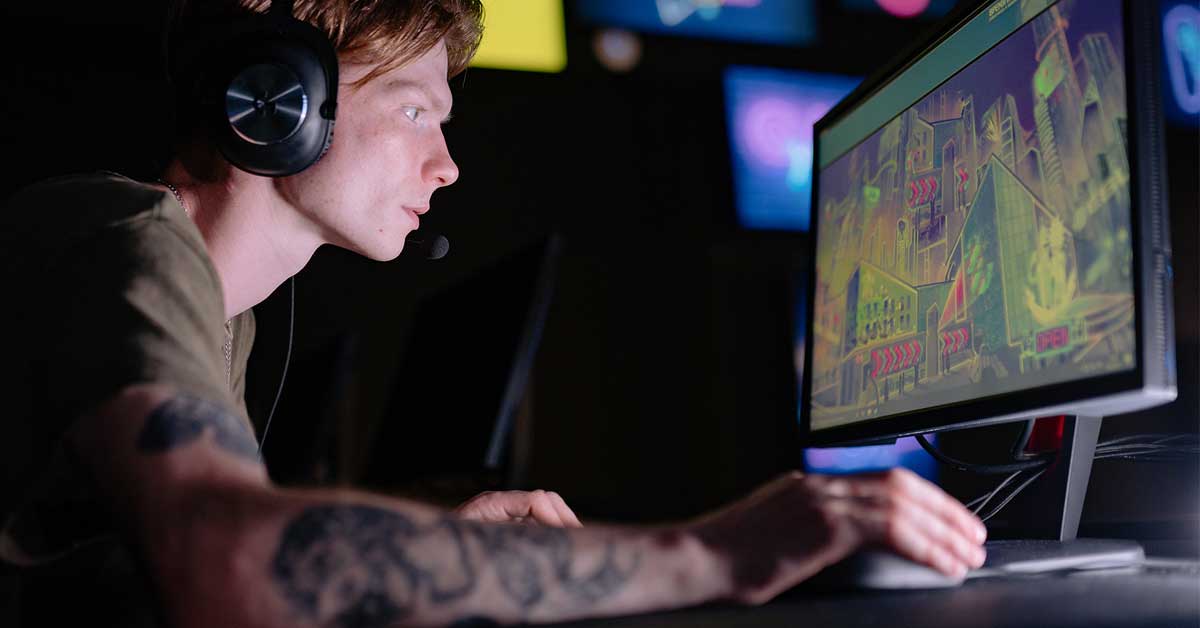When it comes to gaming and other computationally intensive tasks, GPUs (Graphics Processing Units) are the workhorses responsible for delivering stunning visuals and smooth performance. However, as with any hardworking component, GPUs generate heat while in use. But how hot is too hot for a GPU?
That’s precisely what we aim to answer today. We will dive into the factors that contribute to GPU temperatures, how to monitor them, and when you should be concerned about overheating.
GPU Temperature Ranges You Need to Know
Before delving into what constitutes a dangerous temperature for a GPU, it is essential to understand the typical temperature ranges for these components. Knowing the normal operating range of your GPU will allow you to identify potential issues before they lead to permanent damage or reduced performance.
Idle Temperatures – When your computer is not under heavy load, your GPU is considered to be in an idle state. During this time, it is normal for GPUs to maintain a temperature between 86 and 122 degrees Fahrenheit (30 and 50 degrees Celsius). The exact temperature will depend on factors such as ambient room temperature, your GPU model, and your cooling solution.
Load Temperatures – When you run graphically intensive applications like video games or 3D rendering software, your GPU will be under load. During this period, the GPU will generate more heat, causing its temperature to rise.
It is typical for GPUs to reach temperatures between 149 and 185 degrees Fahrenheit (65 and 85 degrees Celsius) under load, with some high-performance models reaching even higher temperatures. However, it’s crucial to maintain an acceptable temperature range to avoid thermal throttling or damage.
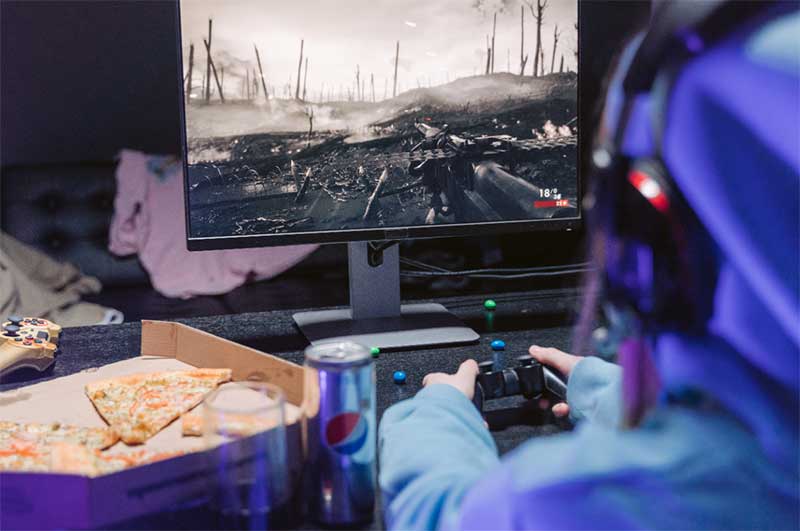
What Factors Affect GPU Temperatures?
Several factors can influence the temperature of your GPU, including the model, the cooling solution, and your PC’s overall environment. By understanding how these factors contribute to your GPU’s temperature, you can take appropriate measures to ensure optimal cooling and performance.
GPU Model and Thermal Design Power (TDP) – Different GPU models generate varying amounts of heat depending on their processing power and architecture. GPUs with higher Thermal Design Power (TDP) values will produce more heat and typically require more robust cooling solutions to maintain safe operating temperatures. Be sure to check your GPU’s TDP and ensure that your cooling solution is sufficient for its needs.
Cooling Solution – The cooling solution you use for your GPU can significantly impact its operating temperature. There are two main types of cooling systems for GPUs: air cooling and liquid cooling. Air cooling solutions rely on heatsinks and fans to dissipate heat, while liquid cooling uses a combination of water blocks, radiators, and pumps to keep temperatures in check. Liquid cooling is generally more efficient but can be more expensive and complicated to install.
PC Case and Airflow – Your PC’s case and overall airflow play a critical role in keeping your GPU cool. A well-designed case with proper ventilation and fan placement will help ensure that hot air is effectively exhausted and fresh, cool air is drawn in to cool the components. Regularly cleaning dust from your case and fans can also help maintain optimal airflow and cooling efficiency.
Monitoring Your GPU Temperature
Regularly monitoring your GPU’s temperature is vital in preventing overheating and staying within a safe range. There are several tools available that can help you keep an eye on your GPU’s temperature, such as HWMonitor, NZXT CAM, or the monitoring software provided by your GPU’s manufacturer.
These tools can provide real-time temperature data, as well as other valuable information like fan speeds, clock speeds, and power consumption.
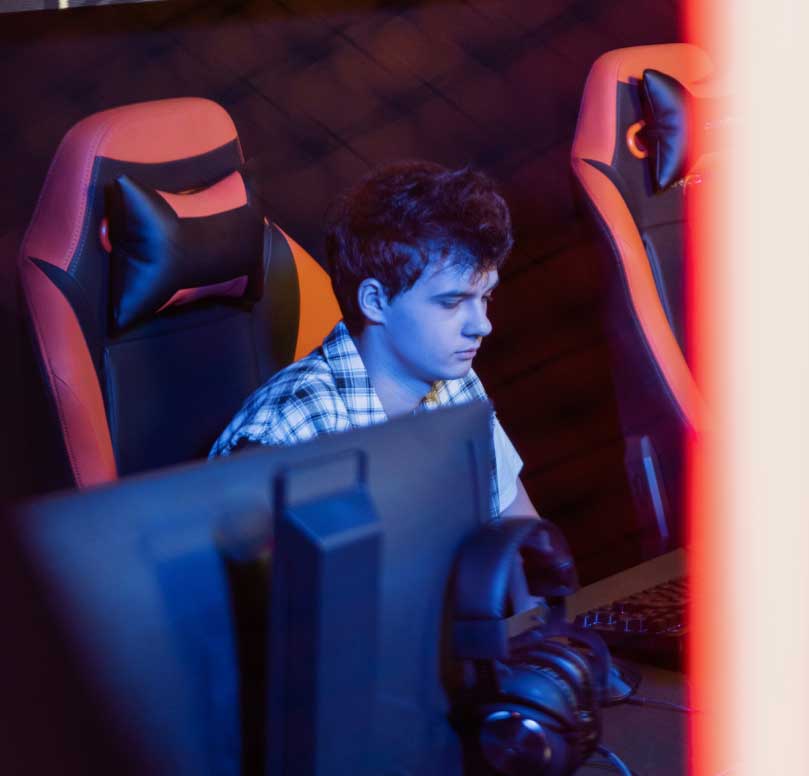
When Should I Be Concerned About GPU Temperatures?
As a general rule, it’s essential to keep your GPU’s temperature below its manufacturer’s specified maximum operating temperature. Exceeding this limit can result in thermal throttling, where your GPU automatically reduces its performance to prevent damage from overheating. Consistently running your GPU at high temperatures can also shorten its lifespan and potentially cause permanent damage.
Warning Signs of Overheating
It’s crucial to be aware of the warning signs that indicate your GPU may be overheating. By identifying these issues early on, you can take the necessary steps to prevent permanent damage and maintain safe performance. Here is an expanded list of warning signs to look out for:
Intensive Tasks Cause Crashes or Instability: If your computer frequently crashes or experiences sudden shutdowns during tasks that put your GPU under heavy load, it may be due to overheating. This can manifest as system freezes, blue screens, or unexpected restarts.
Screen Artifacts: Overheating GPUs can cause various visual artifacts on your screen, including flickering, odd colors, graphical glitches, or black lines. These issues can be intermittent or persistent, and they may worsen as the GPU temperature increases.
Fan Running Too Fast or Making Loud Noises: GPUs have built-in fans to help dissipate heat. If you notice your GPU’s fans are louder than usual or running at maximum speeds during light tasks, it may be a sign that your GPU is struggling to maintain a safe temperature.
Thermal Throttling: Modern GPUs have built-in safety mechanisms that reduce performance to prevent damage from overheating, known as thermal throttling. If you notice a sudden drop in performance or consistently lower frame rates in games, it could be due to your GPU throttling itself to stay within safe temperature limits.
High Ambient Temperatures: If the area around your computer feels unusually warm or hot, it could be a sign that your GPU is generating excessive heat. This can also cause other components in your system to heat up, potentially leading to a domino effect of overheating issues.
Physical Signs of Overheating: In extreme cases, GPUs can exhibit physical signs of overheating, such as a burning smell, visible damage to the PCB or components, or even smoke. If you experience any of these symptoms, immediately shut down your computer and investigate the cause.
If you notice any of these warning signs, it’s essential to investigate your GPU’s temperature and cooling solution immediately. By addressing the issue promptly, you can prevent potential damage to your GPU and ensure optimal performance.
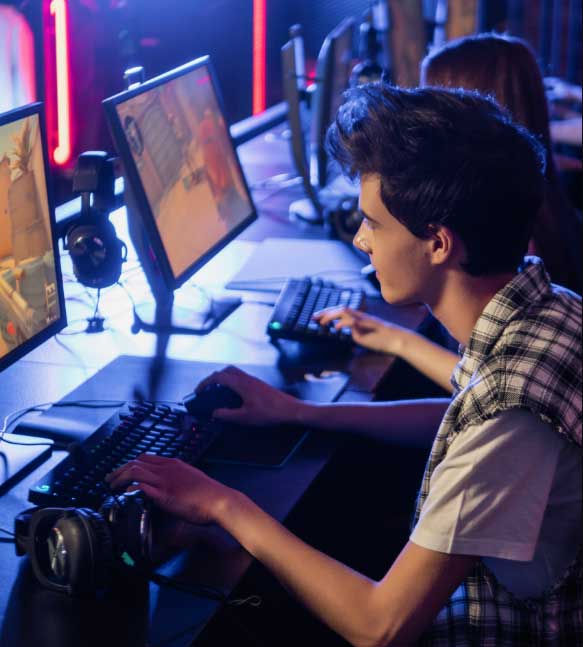
How Can I Keep My GPU Cool?
To prevent your GPU from overheating and maintain optimal performance, consider implementing the following strategies:
Improve Airflow – Ensure your PC case has adequate ventilation and your fans are correctly placed to optimize airflow. Regularly clean dust from your case, fans, and heatsinks to maintain efficient cooling. If necessary, consider upgrading your PC case or adding more fans to improve overall airflow.
Upgrade Your Cooling Solution – If your current cooling solution isn’t sufficient for your GPU’s needs, consider upgrading to a more efficient system. This could involve upgrading your air cooling solution to one with larger heatsinks or more powerful fans or switching to a liquid cooling system for more efficient heat dissipation.
Adjust Fan Curves – Using software like MSI Afterburner or your GPU manufacturer’s monitoring software, you can adjust your GPU’s fan curves. By increasing fan speeds at lower temperatures, you can help keep your GPU cooler and prevent it from reaching dangerously high temperatures.
Undervolting and Underclocking – If you’re comfortable with tweaking your GPU’s settings, undervolting or underclocking can help reduce the amount of heat it generates. Undervolting involves reducing the voltage supplied to your GPU, while underclocking involves lowering its clock speeds. Both methods can help reduce power consumption and heat output, but they may also result in slightly reduced performance.
Can Overclocking My GPU Cause Overheating Issues?
Yes, because increasing the clock speeds and voltage results in more power consumption and heat generation. If you choose to overclock your GPU, it’s crucial to have an adequate cooling solution and monitor temperatures closely to avoid overheating.
How Does Ambient Room Temperature Affect GPU Temperature?
Ambient room temperature plays a significant role in your GPU’s operating temperature. A higher room temperature means your cooling solution has to work harder to dissipate heat and maintain safe temperatures. It’s recommended to keep your room temperature between 68 and 77 degrees Fahrenheit (20 and 25 degrees Celsius) for optimal cooling efficiency.
Can a High-Performance GPU Operate Safely at Higher Temperatures?
Some high-performance GPUs are designed to tolerate higher operating temperatures than their lower-end counterparts. However, it’s still essential to adhere to the manufacturer’s specified maximum temperature limits to avoid thermal throttling or potential damage. Always refer to your GPU’s specifications for information on acceptable temperature ranges.
What if My GPU Heats Up During Non-intensive Tasks?
While it’s normal for your GPU to generate some heat even when idle, significant temperature increases during non-intensive tasks could indicate an issue with your cooling solution, dust buildup, or a malfunctioning component. Regularly monitor your GPU’s temperature and investigate any unusual spikes to ensure optimal performance and longevity.
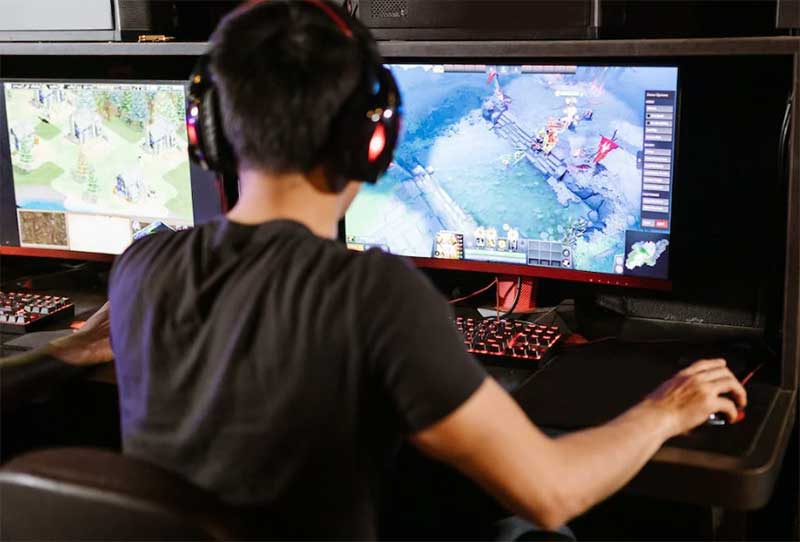
Final Thoughts
It’s essential to keep your GPU’s temperature within the manufacturer’s specified limits to ensure optimal performance and prevent potential damage. Regularly monitoring your GPU’s temperature, understanding the factors that contribute to its heat output, and implementing effective cooling solutions are all crucial steps in maintaining a healthy and efficient GPU.
We encourage you to follow the tips outlined in this guide, as they will help ensure that your GPU remains cool. And as a result, you can look forward to smooth, uninterrupted gaming and other graphically intensive tasks.
Meet Ry, “TechGuru,” a 36-year-old technology enthusiast with a deep passion for tech innovations. With extensive experience, he specializes in gaming hardware and software, and has expertise in gadgets, custom PCs, and audio.
Besides writing about tech and reviewing new products, he enjoys traveling, hiking, and photography. Committed to keeping up with the latest industry trends, he aims to guide readers in making informed tech decisions.

